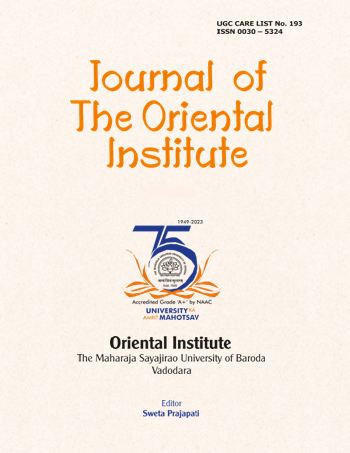"Strategic Communication and Reputation Risk Management: Media’s Role in the 2025 Pahalgam Attack"
##semicolon##
https://doi.org/10.8224/journaloi.v73i4.912सार
This study critically investigates the framing dynamics of the 22 April 2025 Pahalgam attack in Jammu & Kashmir, focusing on how domestic and international media narratives influenced public perception and policy outcomes. Drawing on a purposive sample of Indian and global news outlets, official government statements, and social media discourse, the research identifies and compares predominant frames, including unity and nationalism, human-rights–oriented perspectives, and security-failure critiques. The analysis explores how these frames were constructed through selective emphasis, language choices, and visual imagery, and how they resonated with distinct audience segments.Findings indicate that Indian media predominantly employed unity/nationalism frames, reinforcing public solidarity and legitimizing retaliatory measures, whereas several international outlets foregrounded human-rights concerns and questioned the proportionality of India’s military response. This divergence played a significant role in shaping both domestic consent for escalatory measures—such as Operation Sindoor (precision missile strikes) and Operation Mahadev (targeted elimination of alleged masterminds)—and global debates surrounding the temporary suspension of the Indus Waters Treaty.By mapping perceived audience impact and linking media narratives to real-time policy actions, the paper highlights the dual function of media coverage: consolidating national resolve while simultaneously influencing India’s international legitimacy and diplomatic positioning. The findings contribute to broader debates on the interplay between crisis reporting, public opinion, and security decision-making in conflict scenarios.








